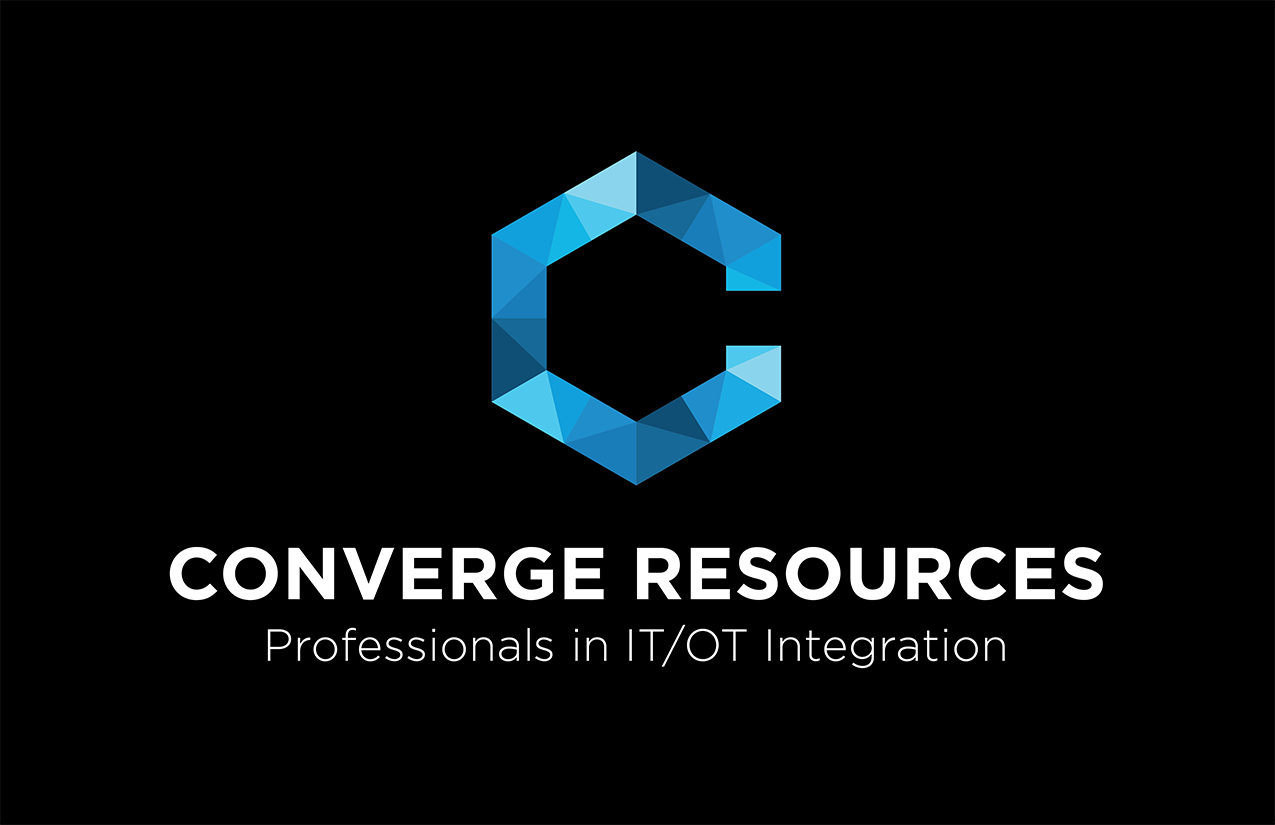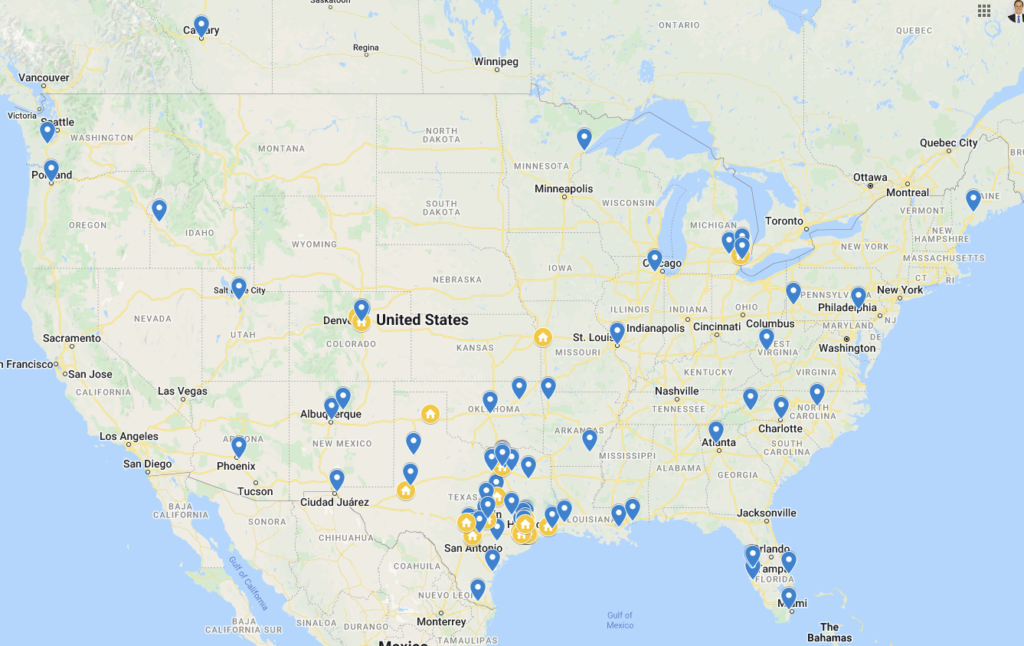Navigating the Intersection of IT and OT: Trends and Challenges in Engineering Staffing

In today’s interconnected world, the convergence of Information Technology (IT) and Operational Technology (OT) has become increasingly pronounced. This merging of IT and OT brings about a host of opportunities and challenges, particularly in the realm of engineering staffing. As organizations strive for greater efficiency, reliability, and security in their operations, navigating this intersection becomes imperative. Let’s delve into the trends and challenges shaping engineering staffing in this dynamic landscape.
The Convergence of IT and OT
IT traditionally deals with computing technology, networking, and data management, while OT focuses on hardware and software systems that monitor or control physical devices and processes. However, with the rise of Industrial Internet of Things (IIoT), cloud computing, and automation, the boundaries between IT and OT are blurring.
This convergence enables real-time data exchange, predictive maintenance, and enhanced decision-making. For instance, manufacturing plants can leverage IT systems to optimize production processes based on data collected from OT devices. While this integration offers significant benefits, it also introduces complexities in engineering staffing.
Trends Shaping Engineering Staffing
- Cross-Disciplinary Skills: Engineers are now expected to possess a blend of IT and OT skills. They must understand networking, cybersecurity, data analytics, as well as industrial protocols and automation systems. Organizations seek professionals who can bridge the gap between these domains.
- Demand for Cybersecurity Experts: As OT systems become more connected, they become susceptible to cyber threats. Engineering teams require cybersecurity experts who can safeguard critical infrastructure from attacks while ensuring operational continuity.
- Shift Towards Cloud and Edge Computing: Cloud and edge computing technologies are transforming how data is processed and stored in industrial environments. Engineers proficient in cloud platforms and edge computing architectures are in high demand to optimize performance and scalability.
- Remote Monitoring and Maintenance: The pandemic accelerated the adoption of remote monitoring and maintenance solutions. Engineers proficient in remote diagnostics and predictive maintenance techniques are essential for ensuring uptime and reducing downtime costs.
- Agile and DevOps Practices: Agile methodologies and DevOps practices are increasingly being adopted in engineering teams to streamline development and deployment processes. Engineers need to adapt to these collaborative and iterative approaches to meet evolving business requirements.
Challenges in Engineering Staffing
- Talent Shortage: The rapid pace of technological advancement has led to a shortage of skilled engineers proficient in both IT and OT. Organizations struggle to find qualified candidates with the requisite expertise, leading to fierce competition for top talent.
- Skill Diversification: Engineering teams often consist of specialists in either IT or OT, making it challenging to find individuals with expertise spanning both domains. Cross-training initiatives and educational programs are essential to address this gap.
- Security Concerns: Securing interconnected IT-OT systems presents unique challenges due to the diverse attack vectors and legacy infrastructure. Finding engineers well-versed in both cybersecurity best practices and industrial protocols is crucial for mitigating risks.
- Integration Complexity: Integrating disparate IT and OT systems requires meticulous planning and execution. Engineering teams must navigate compatibility issues, data interoperability challenges, and legacy system constraints while ensuring seamless integration.
- Continuous Learning Requirements: Technology evolves rapidly, necessitating engineers to stay abreast of emerging trends and technologies continually. Organizations need to invest in ongoing training and professional development programs to keep their engineering workforce competitive.
Conclusion
The convergence of IT and OT is reshaping engineering staffing requirements, presenting both opportunities and challenges for organizations. To thrive in this dynamic landscape, companies must adapt their recruitment strategies, invest in talent development, and foster a culture of innovation and collaboration. By addressing these trends and challenges proactively, organizations can build resilient engineering teams capable of driving digital transformation and operational excellence.



Leave a Comment